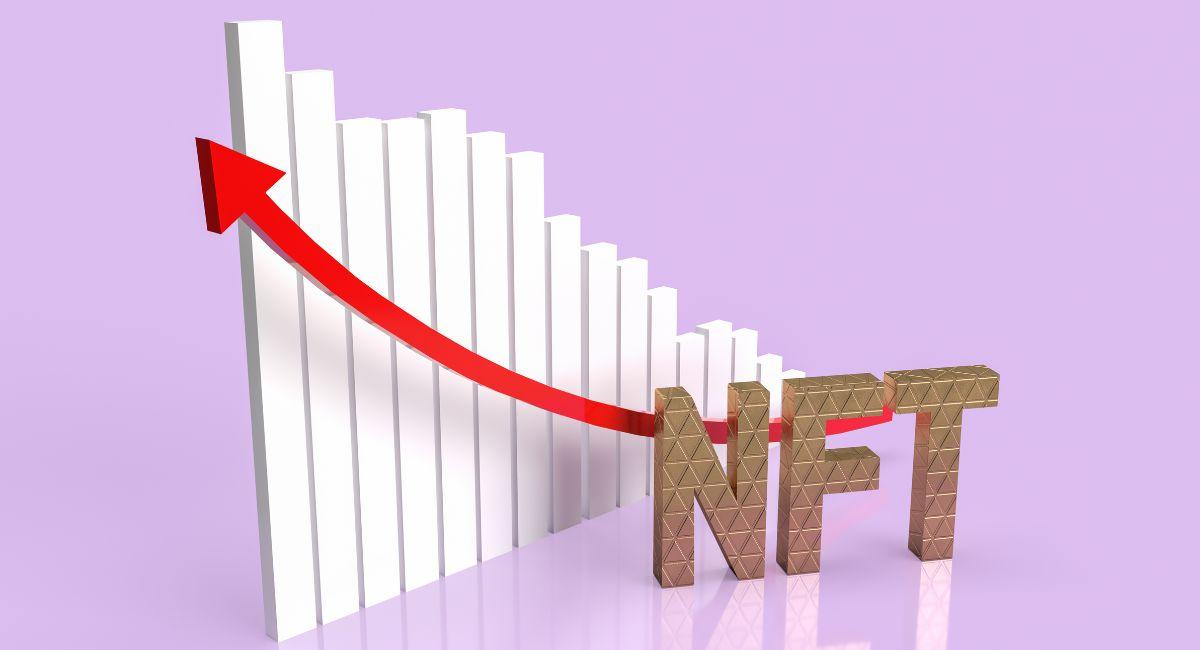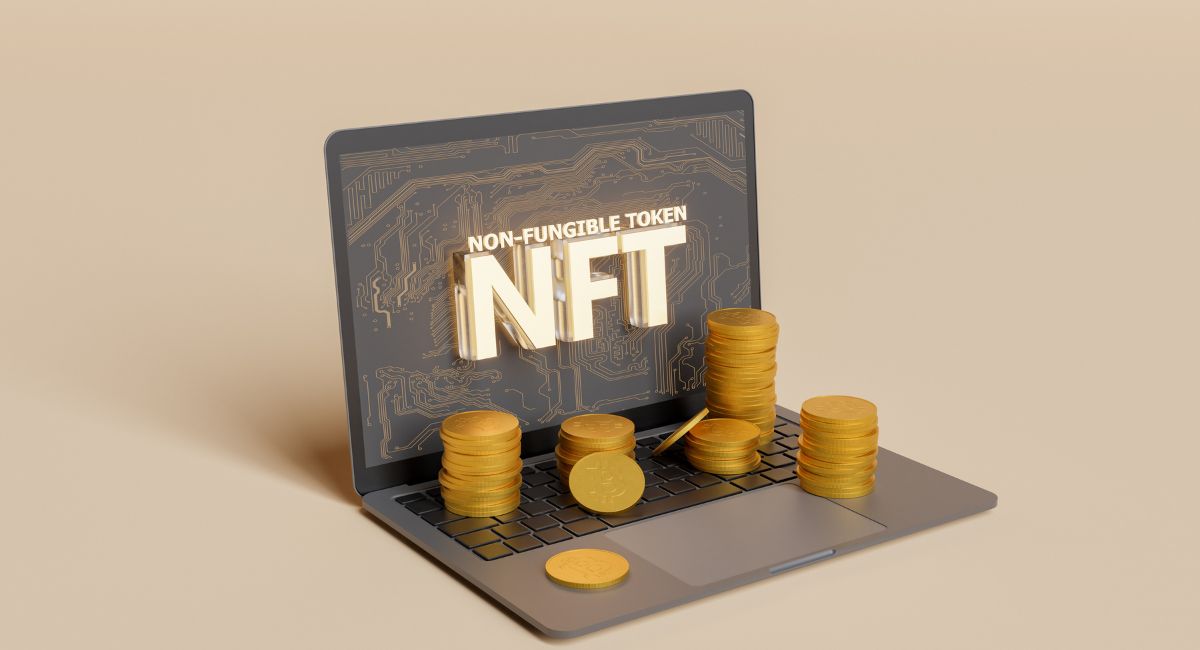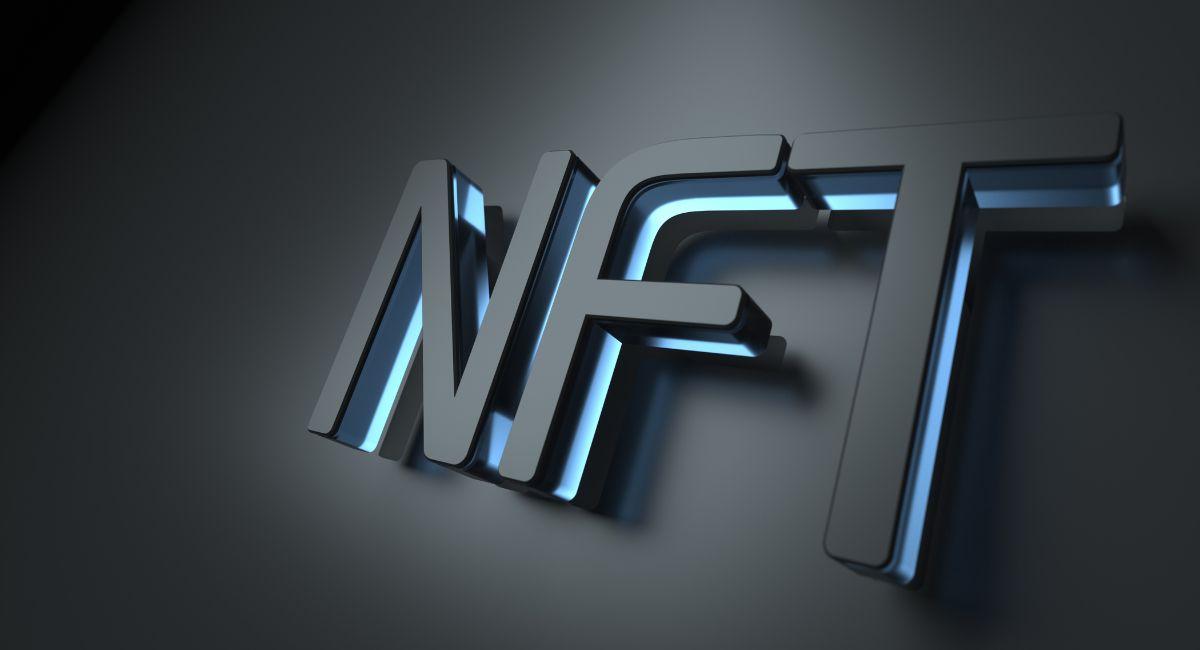Top 10 Amazing Ways NFTs Are Bridging The Gap Between Physical And Digital Experiences
Non-fungible tokens (NFTs) have emerged as a revolutionary aspect of blockchain technology, transforming digital ownership and creating new avenues for creativity, expression, and monetization. Unlike cryptocurrencies such as Bitcoin or Ethereum, which are fungible and interchangeable, each NFT is unique and indivisible, representing ownership of a specific digital asset, whether it be art, music, virtual real estate, or even tweets and memes.
It operates on blockchain networks like Ethereum, utilizing smart contracts to tokenize digital assets and record ownership on a transparent and immutable ledger. This provides provenance and authenticity, ensuring that each NFT is verifiable and traceable back to its original creator. Additionally, smart contracts enable creators to program royalty mechanisms, ensuring that they receive a percentage of subsequent sales whenever their NFT is traded in the secondary market.
One of the key drivers behind its popularity it can democratize ownership and empower creators. Artists, musicians, and content creators can tokenize their work as NFTs, bypassing traditional gatekeepers and directly engaging with their audience. This enables them to retain greater control over their creations, establish new revenue streams, and build deeper connections with their fans.
Furthermore, NFTs have opened up new opportunities for collectors and investors, allowing them to acquire and trade unique digital assets in a global marketplace. The scarcity and uniqueness of NFTs contribute to their value proposition, with some NFTs fetching millions of dollars in auctions and sales.
However, the rapid growth of the NFT market has also raised concerns about environmental impact, copyright infringement, and speculative bubbles. The energy-intensive process of minting and trading NFTs on blockchain networks has led to criticism regarding its carbon footprint. Additionally, issues surrounding intellectual property rights and ownership disputes have surfaced as the NFT space continues to evolve.
Despite these challenges, NFTs have undeniably sparked a cultural phenomenon, transcending traditional boundaries and reshaping how we perceive and interact with digital assets. As the technology matures and becomes more accessible, NFTs have the potential to revolutionize various industries, from art and entertainment to gaming and beyond, ushering in a new era of digital ownership and creativity.
Also, read- What Are NFTs: Non-Fungible Tokens and Their Impact on Digital Assets
Can NFTs Bridge the Gap Between Physical and Digital Experiences?

The rise of non-fungible tokens (NFTs) has sparked discussions about their potential to blur the lines between physical and digital worlds. Whether they truly bridges the gap or simply create a new kind of hybrid experience is a complex question with diverse perspectives. Let’s delve deep into the possibilities and explore the nuances:
Bridging the Gap:
- Phygital NFTs: These combine a physical object with a unique digital token on the blockchain. This “twin” relationship offers several advantages:
- Verifiable ownership: NFTs provide tamper-proof records of ownership for both physical and digital assets, eliminating fraud concerns.
- Unique experiences: Imagine owning a physical artwork with an unlockable digital version containing bonus content or AR experiences.
- Fractional ownership: NFTs enable fractional ownership of both physical and digital assets, democratizing access for collectors.
- Gaming and Metaverse: In-game items and virtual land acquired as NFTs can offer tangible benefits or real-world value, like exclusive events or merchandise.
- Digital collectibles: From trading cards to concert tickets, NFTs add a layer of scarcity and collectibility to digital experiences, potentially enhancing their value and emotional connection.
- Community building: Owning shared NFTs can foster stronger communities around physical and digital experiences, like exclusive access to events or online spaces.
Challenges and Limitations:
- Digital Divide: Accessibility remains a concern, as individuals lacking digital literacy or infrastructure might be excluded from these experiences.
- Intrinsic Value: The perceived value of an NFT-linked experience depends heavily on personal preference and community engagement. Not all will find tangible value in owning a digital counterpart to a physical object.
- Environmental Impact: The energy consumption of specific blockchain networks raises sustainability concerns, which need to be addressed for broader adoption.
- Regulation and Uncertainty: The legal landscape surrounding NFTs and their implications for physical assets is still evolving, creating uncertainty for potential users.
Hybrid Experiences:
Instead of a complete bridge, NFTs might create a new dimension of hybrid experiences:
- Phygital experiences: Imagine attending a concert and acquiring an NFT granting access to exclusive backstage content or merchandise discounts.
- Augmented reality: NFTs could unlock AR experiences linked to physical locations, enriching them with digital information or interactive elements.
- Digital representations of physical experiences: Owning an NFT representing a unique moment in a sporting event or concert could act as a cherished digital memento.
The Future:
Whether NFTs truly bridge the gap or create a new type of experience remains to be seen. However, their potential to create meaningful connections between physical and digital worlds is undeniable. The future of this intersection hinges on:
- Technological advancements: Addressing scalability, sustainability, and interoperability challenges of blockchain technology.
- Community building: Fostering inclusive communities that leverage NFTs to enhance shared experiences, both online and offline.
- Regulation and transparency: Establishing clear legal frameworks to address ownership, intellectual property, and consumer protection concerns.
Ultimately, the success of NFTs in bridging the physical-digital gap depends on responsible development, community engagement, and a focus on creating meaningful experiences that enrich both worlds. It’s not about replacing physical interactions, but rather offering new ways to enhance them with the power of the digital realm.
🚀 Snapshot Alert! 🚀
— Crypt (@TheCrypt_Nfts) February 20, 2024
Missed the mint at 0.019? It’s 0.05 now steadily increasing daily!
🌟 OG Status Incoming 🌟
All members, get ready: OG mint perks for Phase 2 are locking in, no matter the hype 👀
🔥 Claim Your Crypt 🔥
Snapshot imminent.
Be an OG Let’s make history. pic.twitter.com/fDdWDQUHns
Top 10 ways NFTs are bridging the gap between physical and digital experiences

Non-fungible tokens are playing a crucial role in bridging the gap between physical and digital experiences, offering innovative solutions across various industries. Here are the top 10 ways NFTs are achieving this:
- Digital Art Ownership: These enable ownership of digital art, creating a bridge between traditional art ownership and the digital realm. Artworks can be tokenized as NFTs, allowing collectors to own and trade them digitally while preserving their authenticity and provenance.
- Virtual Fashion and Wearables: These are used to tokenize virtual fashion and wearables, allowing users to customize their digital avatars with unique clothing and accessories. This blurs the lines between physical and digital fashion, enabling self-expression in virtual environments.
- Collectibles and Memorabilia: These are revolutionizing the collectibles market by digitizing physical collectibles and memorabilia. Items such as trading cards, sports memorabilia, and rare artifacts can be tokenized as NFTs, allowing collectors to buy, sell, and trade them in digital marketplaces.
- Event Tickets and Experiences: These are utilized for issuing event tickets and experiences, providing a seamless and secure way to verify ownership and access to physical events. NFT-based tickets can also include additional perks or rewards for attendees.
- Music and Entertainment: They are transforming the music and entertainment industry by tokenizing digital assets such as music albums, concert tickets, and exclusive content. Musicians and artists can monetize their work directly through NFTs, while fans can own unique digital collectibles and experiences.
- Virtual Real Estate: These are used to represent ownership of virtual real estate in decentralized virtual worlds. Users can buy, sell, and trade virtual land parcels as NFTs, enabling them to invest in and develop digital properties within immersive virtual environments.
- Education and Certification: These are applied to education and certification programs, providing verifiable credentials and achievements on the blockchain. Certificates, diplomas, and digital badges can be tokenized as NFTs, allowing learners to showcase their skills and qualifications securely.
- Licensing and Intellectual Property: It facilitates licensing and ownership of intellectual property rights, enabling creators to tokenize their work and license it to others. This creates new revenue streams for creators and ensures transparent and traceable rights management.
- Charitable Donations and Fundraising: These are leveraged for charitable donations and fundraising campaigns, enabling transparent and traceable transactions on the blockchain. Charities and non-profit organizations can tokenize digital artwork or collectibles as NFTs, with proceeds going towards their cause.
- Gaming and Virtual Assets: NFTs are integrated into gaming ecosystems to represent ownership of virtual assets such as in-game items, characters, and skins. Players can buy, sell, and trade these digital assets as NFTs, blurring the lines between physical and digital gaming experiences.
Overall, NFTs offer diverse opportunities for bridging the gap between physical and digital experiences across multiple industries, revolutionizing ownership, creativity, and engagement in the digital age.
Conclusion
In conclusion, Non-Fungible Tokens (NFTs) are revolutionizing the way we perceive and interact with digital and physical experiences. By bridging the gap between the two realms, NFTs are unlocking a myriad of innovative opportunities across various industries, from art and fashion to gaming and education. Through NFTs, digital assets gain unique identities, enabling true ownership, authenticity, and value transfer in a decentralized manner.
NFTs empower creators to monetize their digital creations, providing a new avenue for expression and engagement with their audience. At the same time, collectors and consumers gain access to unique digital collectibles and experiences, blurring the lines between virtual and physical ownership.
Moreover, these are facilitating transparent and traceable transactions, revolutionizing industries such as finance, real estate, and intellectual property management. They enable verifiable ownership, provenance, and transferability of assets, fostering trust and security in digital transactions.
As it continue to evolve and gain widespread adoption, they have the potential to reshape the way we interact with digital content, assets, and experiences. However, challenges such as scalability, sustainability, and regulatory compliance must be addressed to ensure the long-term viability and inclusivity of the NFT ecosystem.
In essence, it represent a transformative technology that is driving innovation, creativity, and decentralization in the digital age, bridging the gap between physical and digital experiences and shaping the future of ownership, commerce, and culture.
Stay informed with daily updates from Blockchain Magazine on Google News. Click here to follow us and mark as favorite: [Blockchain Magazine on Google News].
Get Blockchain Insights In Inbox
Stay ahead of the curve with expert analysis and market updates.
latest from tech
Disclaimer: Any post shared by a third-party agency are sponsored and Blockchain Magazine has no views on any such posts. The views and opinions expressed in this post are those of the clients and do not necessarily reflect the official policy or position of Blockchain Magazine. The information provided in this post is for informational purposes only and should not be considered as financial, investment, or professional advice. Blockchain Magazine does not endorse or promote any specific products, services, or companies mentioned in this posts. Readers are encouraged to conduct their own research and consult with a qualified professional before making any financial decisions. The featured image used is just a creative depiction of the title and it does not intend to hurt sentiments of any person or institution. If it hurts anyone sentiments, please do not hesitate to reach out to Blockchain Magazine.

 Bitcoin
Bitcoin  Ethereum
Ethereum  XRP
XRP  Tether
Tether  Solana
Solana  USDC
USDC  Dogecoin
Dogecoin  Cardano
Cardano  Lido Staked Ether
Lido Staked Ether  TRON
TRON  Chainlink
Chainlink  Wrapped Bitcoin
Wrapped Bitcoin  Sui
Sui  Wrapped stETH
Wrapped stETH  Avalanche
Avalanche  Stellar
Stellar  Hedera
Hedera  Toncoin
Toncoin  Shiba Inu
Shiba Inu  LEO Token
LEO Token  Hyperliquid
Hyperliquid  Bitget Token
Bitget Token  Litecoin
Litecoin  WETH
WETH  USDS
USDS  Polkadot
Polkadot  Bitcoin Cash
Bitcoin Cash  Ethena USDe
Ethena USDe  MANTRA
MANTRA  Wrapped eETH
Wrapped eETH  Uniswap
Uniswap  Ondo
Ondo  Pepe
Pepe  Monero
Monero  Aave
Aave  NEAR Protocol
NEAR Protocol  WhiteBIT Coin
WhiteBIT Coin  Mantle
Mantle  Official Trump
Official Trump  Aptos
Aptos  Dai
Dai  Internet Computer
Internet Computer  Ethereum Classic
Ethereum Classic  Bittensor
Bittensor  Cronos
Cronos  OKB
OKB  POL (ex-MATIC)
POL (ex-MATIC)  Gate
Gate 




